Komentáře / Otázky (16)
![]() Jean Yarde napsala:
Jean Yarde napsala:
Need help with the collar please. On collar, what happens to 4 of 12 stitches when knitting ridge with 8?
19.02.2025 - 22:11Odpověď DROPS Design :
See below :)
20.02.2025 - 14:35
![]() Jean Yarde napsala:
Jean Yarde napsala:
I am working on the Drops Design pattern 226-32. I am on the right collar and have made the 2 ridges over the 12 stitches. The next step says to work another ridge using 8 stitches. Not sure what I do with extra 4 stitches with that ridge. Then I repeat 2 ridges with 12 stitches, 1 ridge with 8? Thank you for your help!
19.02.2025 - 22:08Odpověď DROPS Design :
Dear Mrs Yarde, you will now work short rows so that the outermost side of collar will be longer than the innermost side (which will be sewn later towards neck on back piece). So work first 4 rows (2 ridgdes) over the first 12 sts, then work 2 rows (1 ridge) over the first 8 sts only leaving the 4 stitches unworked and repeat these 6 rows until you reach the required length. Happy knitting!
20.02.2025 - 14:35
![]() Jean Yarde napsala:
Jean Yarde napsala:
I am trying to knit Drops pattern 226-32. I am confused by decreases on front and back of jacket. Where does the decrease go in the row? Should it be in the middle or end? Also how do I keep the established pattern as result of decrease?
08.02.2025 - 23:51Odpověď DROPS Design :
Dear Jean, the decreases are worked before and after the charts A.3 and A.4. You should have: right front piece stitches, A.3, right sleeve stitches, A.4, back piece stitches, A.3, left sleeve stitches, A.4, left front piece. When decreasing for the front piece, decrease after the first A.4 and before the 2nd A.3. When decreasing for the front pieces, decrease before the first A.3 and after the last A.4. When decreasing for the sleeve decrease after both A.3 repeats and before both A.4 repeats. It won't affect charts A.3 and A.4 and since A.1 is a 2-stitch pattern, the decreases won't displace the pattern, just interrupt it earlier. Happy knitting!
10.02.2025 - 00:48
![]() Fischer Annie napsala:
Fischer Annie napsala:
Bonjour, comment monte t - on les mailles des manches du modèle 226/32 après avoir tricoté les 5 premières mailles du diagramme A2 et rabattre la maille du marqueur . Merci d avance , bonne soirée .
20.01.2025 - 18:54Odpověď DROPS Design :
Bonjour Mme Fischer, montez les mailles de la manche entre le devant droit et le dos puis entre le dos et le devant gauche comme dans cette vidéo ou dans cette leçon. Bon tricot!
21.01.2025 - 09:41
![]() ANNIE Curon napsala:
ANNIE Curon napsala:
Bonjour ne n arrise pas a comprendre le diagramme A1 du modèle 226/32. Pourriez vous me dire si cela est correct pour mon échantillon :10 points end .Puis 1 env 1 end 1 env 1 end encore 6 fois. Puis mes 10 points a l endroit et de nouveau 1 env 1end .MERCI D AVANCE .
14.01.2025 - 20:32Odpověď DROPS Design :
Bonjour Mme Curon, en commençant sur l'endroit, tricotez A.1 ainsi: Rang 1(endroit) tout à l'endroit. Rang 2 (envers) (sur un nombre de mailles pair) (1 m env, 1 m end), répétez de (à). Répétez ces 2 rangs. Vous allez avoir ainsi une alternance 1 m point mousse (1ère maille de A.1) et 1 maille jersey (2ème maille de A.1). Bon tricot!
15.01.2025 - 08:47
![]() Anita Murray napsala:
Anita Murray napsala:
For the sleeve decrease - do I do that at the same time as the front and back raglan decreases? I assume so, but I wanted to make sure! Thank you!
14.09.2024 - 23:44Odpověď DROPS Design :
Dear Anita, yes, the decreases for the body and the sleeves are done at the same time. Happy Crafting!
15.09.2024 - 03:03
![]() Delhon Pascale napsala:
Delhon Pascale napsala:
Bonjour madame Je réalise le pull en tailleL Je ne comprends au niveau des marqueurs car pour le dos il me faut 57 mailles Mais mettre un marqueur à la 30 32 34 36 42 ème maille et la je n ai plus mes 57 mailles pour le dos Merci pour votre réponse Cordiement
28.08.2024 - 19:21Odpověď DROPS Design :
Bonjour Mme Delhon, vous devez placer les marqueurs à 36 mailes du bord de chaque côté, vous avez ainsi: 36 m pour le devant droit, 1er marqueur, 57 m pour le dos, 2ème marqueur et 36 mailles pour le devant gauche (36+57+36=129). Bon tricot!
29.08.2024 - 09:55
![]() Anne-Claude Sarrasin napsala:
Anne-Claude Sarrasin napsala:
Je ne comprends pas comment faire le col *2 côtes mousse au-dessus des 12 mailles , 1 côte mousse au-dessus des 8 premières mailles seulement* Je travaille sur mes 12 mailles de bord et sur 8 mailles rabattues ?
16.06.2024 - 19:43Odpověď DROPS Design :
Bonjour Mme Sarrasin, vous allez tricoter les 12 mailles qui restent après avoir rabattu les mailles de l'épaule et tricotez des rangs raccourcis en commençant sur l'endroit (col droit)/sur l'envers (col gauche): vous tricotez les 12 mailles pendant 4 rangs (= 2 côtes mousse), puis tricotez seulement les 8 premières mailles sur l'endroit (col droit)/ sur l'envers (col gauche), tournez et tricotez ces 8 m de nouveau. Répétez ces 6 rangs tout du long jusqu'à la hauteur indiquée. Bon tricot!
17.06.2024 - 09:00
![]() Gunn Wenche Bergmann napsala:
Gunn Wenche Bergmann napsala:
Lurer på fellingen til ermene. Flettene og raglanfellingen er grei, men finner ikke ut av hvordan det felles på ermene. I beskrivelsen står det raglanfellig+felling ermer.
29.04.2024 - 15:54Odpověď DROPS Design :
Hej Gunn, det er raglanfellingen vi beskriver og den gøres forskelligt på ryg og forstykker og ærmer :)
02.05.2024 - 13:51
![]() Carine napsala:
Carine napsala:
Bonjour, je souhaite tricoter ce modèle en taille S. 1 - Je voudrais utiliser Drops Sky en double, ainsi que Kid Silk. Est-ce bien compatible ainsi ? 2 - J'ai 7 pelotes de Drops Sky en coloris 13 - Bleu jeans clair - Si je prends 3 pelotes de Kid Silk, est-ce suffisant ? La couleur de Kid Silk à retenir est-elle plutôt la "Bleu jeans clair" (n° 08) ou la "Bleu clair" (n° 07) ? Merci beaucoup.
30.12.2022 - 19:24Odpověď DROPS Design :
Bonjour Carine, 2 fils du groupe B (Sky) = 1 fil du groupe D, si vous ajoutez 1 fil du groupe A (Kid-Silk), vous devrez d'abord vérifier votre échantillon pour être certaine que la tension est juste et que la texture vous convient bien - retrouvez plus d'infos sur les alternatives ici - votre magasin saura vous aider dans vos calculs et vous conseiller les couleurs idéales, même par mail ou téléphone. Bon tricot!
02.01.2023 - 13:38
Angelina#angelinajacket |
||||||||||||||||
 |
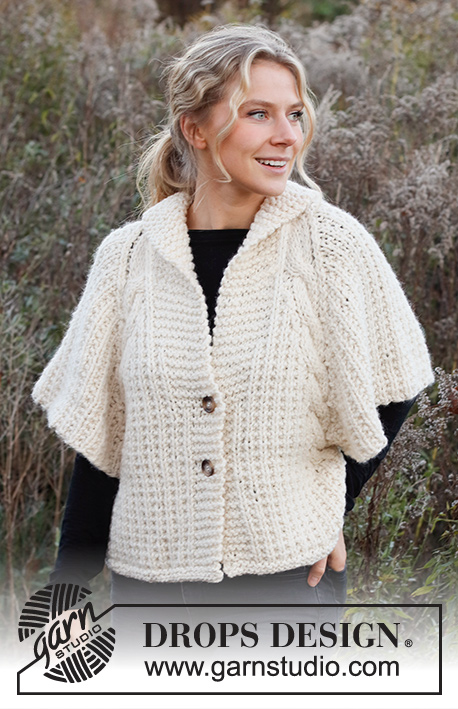 |
|||||||||||||||
Raglánový propínací svetr s copánky a se strukturovaným vzorem pletený z příze DROPS Andes. Velikost XS - XXL.
DROPS 226-32 |
||||||||||||||||
|
------------------------------------------------------- VYSVĚTLIVKY K NÁVODU: ------------------------------------------------------- VROUBKOVÝ VZOR: Pleteme stále hladce, lícové i rubové řady. 1 vroubek = 2 řady hladce. VZOR: Viz schémata A.1 až A.4. Zobrazeny jsou všechny řady vzoru nahlížené z lícové strany. TIP UJÍMÁNÍ: Abychom vypočítali, v jakých rozestupech máme ujímat, vydělíme celkový počet ok, v kterých máme ujímat (např. 49 ok) počtem ok, která potřebujeme ujmout (např. 21) = 2,3. V tomto případě tedy spleteme hladce střídavě zhruba každé 1. a 2. oko a každé 2. a 3. oko. RAGLÁNOVÉ ZKOSENÍ: Pro raglánové zkosení ujímáme oka pouze na lícové straně. UJÍMÁNÍ PŘED VZOREM A.3/A.4: Pleteme až po poslední 2 oka před vzorem A.3/A.4, spleteme 2 oka hladce. UJÍMÁNÍ ZA VZOREM A.3/A.4: 1 oko sejmeme hladce, 1x hladce upleteme, sejmuté oko přes upletené přetáhneme. KNOFLÍKOVÉ DÍRKY: Knoflíkové dírky vyplétáme v léze pravého předního dílu. 1 knoflíková dírka = spleteme 3. a 4. oko od kraje hladce a pak 1x nahodíme. V následující (rubové) řadě pleteme nahození hladce – vznikne dírka. ------------------------------------------------------- PRÁCE ZAČÍNÁ ZDE: ------------------------------------------------------- SVETR – JAK BUDEME POSTUPOVAT: Trup pleteme v řadách na kruhové jehlici, zdola nahoru až k průramkům. Pak nahodíme oka pro rukávy a pokračujeme kruhovou jehlicí v řadách a současně budeme ujímat oka pro raglán. Nakonec upleteme límec, který potom přišijeme. TRUP: Na kruhovou jehlici č. 8 nahodíme přízí DROPS Andes 105-113-121-129-137-153 ok (včetně 6 ok légy na každé straně) a upleteme 1 vroubek (= 2 řady hladce) – viz popis výše. Převedeme práci na kruhovou jehlici č. 9 a pleteme lícovou řadou takto: 6 ok légy vroubkovým vzorem, vzor A.1 až po posledních 7 ok, upleteme první oko vzoru A.1 (vzor je souměrný) a končíme 6 ok légy vroubkovým vzorem. Do 30.-32.-34.-36.-38.-42. oka z každé strany vložíme značku = boky. Mezi označenými oky zadního dílu máme 45-49-53-57-61-69 ok, tato označená oka pleteme na lícové straně hladce, na rubu obrace. Značky později využijeme, snímáme je proto vždy do aktuálně pletené kruhové řady. Ve výši 10 cm nahodíme oka pro rukávy podle popisu níže; do ukončení práce zbývá asi 40-42-44-46-48-50 cm, v případě potřeby pleteme do požadované výšky. Pokračujeme lícovou řadou takto: 6 ok légy vroubkovým vzorem, vzor A.1 následujících 18-20-22-24-26-30 ok (= pravý přední díl), vzor A.2 dalších 5 ok, uzavřeme označené oko, nahodíme 57-59-63-65-69-71 nových ok (= rukáv), vzor A.2 dalších 5 ok, vzor A.1 následujících 35-39-43-47-51-59 ok (= zadní díl), vzor A.2 dalších 5 ok, uzavřeme označené oko, nahodíme 57-59-63-65-69-71 nových ok (= rukáv), vzor A.2 dalších 5 ok, vzor A.1 následujících 18-20-22-24-26-30 ok (= levý přední díl) a 6 ok légy vroubkovým vzorem = 229-241-257-269-285-305 ok. Upleteme rubovou řadu. Nyní začneme ujímat oka pro RAGLÁN A SOUČASNĚ vyplétáme copánky, knoflíkové dírky a přidáváme oka légy. NEŽ BUDETE POKRAČOVAT, PŘEČTĚTE SI PROTO POZORNĚ CELÝ NÁSLEDUJÍCÍ POPIS! VZOR: V další lícové řadě v každém přechodu mezi předním/zadním dílem a rukávy začneme plést copánky. Na svetr se teď díváme jako by byl oblečený - pleteme takto: Mezi pravým předním dílem a pravým rukávem + mezi zadním dílem a levým rukávem: pleteme vzor A.3 nad vzorem A.2. Mezi levým rukávem a levým předním dílem + mezi pravým rukávem a zadním dílem: pleteme vzor A.4 nad vzorem A.2 Vzory A.3 a A.4 opakujeme na výšku. RAGLÁN: SOUČASNĚ ve stejné řadě na lícové straně, v níž začínáme plést vzory A.3 a A.4, ujímáme oka pro raglán - na předním/zadním dílu a na rukávech postupujeme rozdílně - viz popis níže. ZADNÍ DÍL: Ujímáme oka každou 4. řadu (každou 2. řadu na lícové straně) celkem 13-12-12-10-10-7x a potom každou 2. řadu (každá řada na lícové straně) celkem 1-4-6-10-12-19x. PŘEDNÍ DÍL: Ujímáme oka každou 4. řadu celkem 12-12-12-10-10-7x a potom každou 2. řadu, celkem 0-2-4-8-10-17x (tj. 2x méně než na zadním dílu). RUKÁVY: Ujímáme oka každou 2. řadu celkem 26-27-29-29-31-32x. KNOFLÍKOVÉ DÍRKY: Ve výši 15 cm a 25 cm vypleteme v léze pravého předního dílu knoflíkové dírky – viz popis výše. LÉGA/LÍMEC: Ve výši 25 cm upleteme na každé straně légy o 2 oka více (místo původních 6 ok légy pleteme nyní 8 ok légy vroubkovým vzorem). Toto přidávání opakujeme každých 8-8-9-9-10-10 cm výšky, celkem 3x = 12 ok légy vroubkovým vzorem na každé straně. Těchto 12 ok nyní tvoří límec. VÝSTŘIH: Po dokončení ujímání ok pro raglán máme na jehlici 73-73-73-77-77-77 ok. Další lícovou řadu pleteme takto: upleteme 12 ok vroubkovým vzorem jako dosud, upleteme hladce následujících 49-49-49-53-53-53 ok a současně v těchto okách rovnoměrně ujmeme 21-17-17-13-13-9 ok – viz TIP UJÍMÁNÍ, upleteme 12 ok vroubkovým vzorem jako dosud. Otočíme práci, upleteme 12 ok vroubkovým vzorem a odložíme je na pomocnou jehlici (= límec), uzavřeme následujících 28-32-32-40-40-44 ok (= průkrčník) a nakonec upleteme 12 ok vroubkovým vzorem jako dosud. Dále pleteme límec podle popisu níže. PRAVÝ LÍMEC: Převedeme pleteninu na kruhovou jehlici č.8. Nyní pleteme takto: * nad všemi 12 oky upleteme v řadách 2 vroubky (= tj. 4 řady vroubkovým vzorem), nad prvními 8 oky na předním okraji upleteme v řadách 1 vroubek (= 2 řady vroubkovým vzorem) *, opakujeme mezi *-* až do výše límce asi 9-10-10-12-12-14 cm (měřeno podél vnitřní, kratší strany). Límec by měl být po našití na výstřih mírně napnutý. V další lícové řadě zbylá oka hladce uzavřeme. LEVÝ LÍMEC: Odložených 12 ok z pomocné jehlice vrátíme na kruhovou jehlici č.8 a upleteme 1 lícovou řadu. Nyní pleteme takto: * nad všemi 12 oky upleteme v řadách 2 vroubky (= tj. 4 řady vroubkovým vzorem), nad prvními 8 oky na předním okraji upleteme v řadách 1 vroubek (= 2 řady vroubkovým vzorem) *, opakujeme mezi *-* až do výše límce asi 9-10-10-12-12-14 cm - upravíme podle pravého límce. Upleteme ještě jednu rubovou řadu a oka v další lícové řadě uzavřeme. DOKONČENÍ: Límec na zátylku sešijeme, dbáme na to, aby byl šev plochý a po přeložení límce směřoval dovnitř. Pak jej vsadíme do průkrčníku. Na levou légu přišijeme knoflíky. |
||||||||||||||||
Vysvětlivky ke schématu |
||||||||||||||||
|
||||||||||||||||
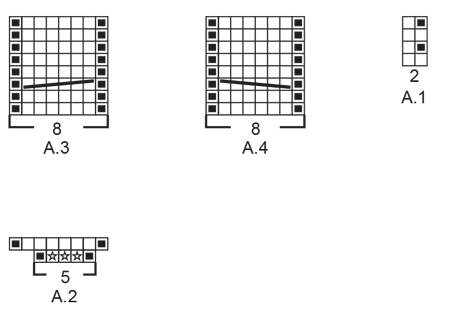
|
||||||||||||||||
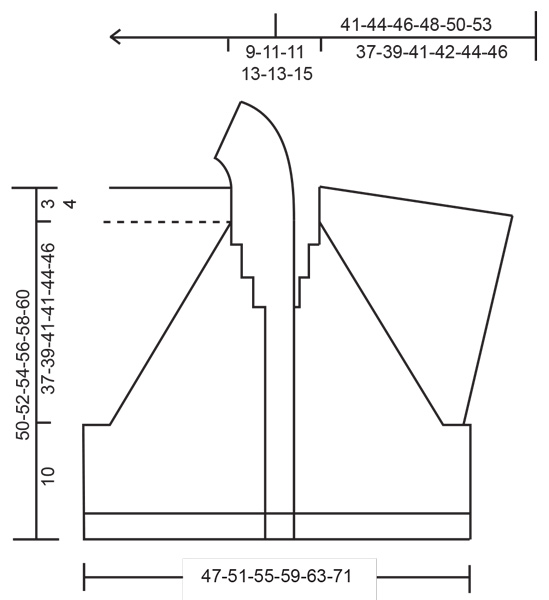
|
||||||||||||||||
Dokončili jste tento model?Pak označte své fotky tagem #dropspattern #angelinajacket nebo je pošlete do galerie #dropsfan. Potřebujete s tímto návodem poradit?Otevřete-li si návod na stránce garnstudio.com, najdete tam 18 výukových video-ukázek, Komentáře/Dotazy a další užitečné informace. © 1982-2025 DROPS Design A/S. Vyhrazujeme si veškerá práva. Tento dokument, včetně všech jeho dílčích částí, podléhá autorským právům. Podrobnější komentář k možnostem užití našich návodů najdete dole pod každým návodem na našich stránkách. |
||||||||||||||||







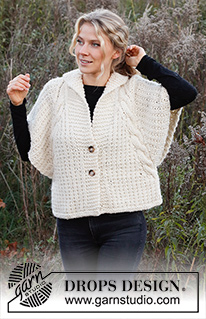

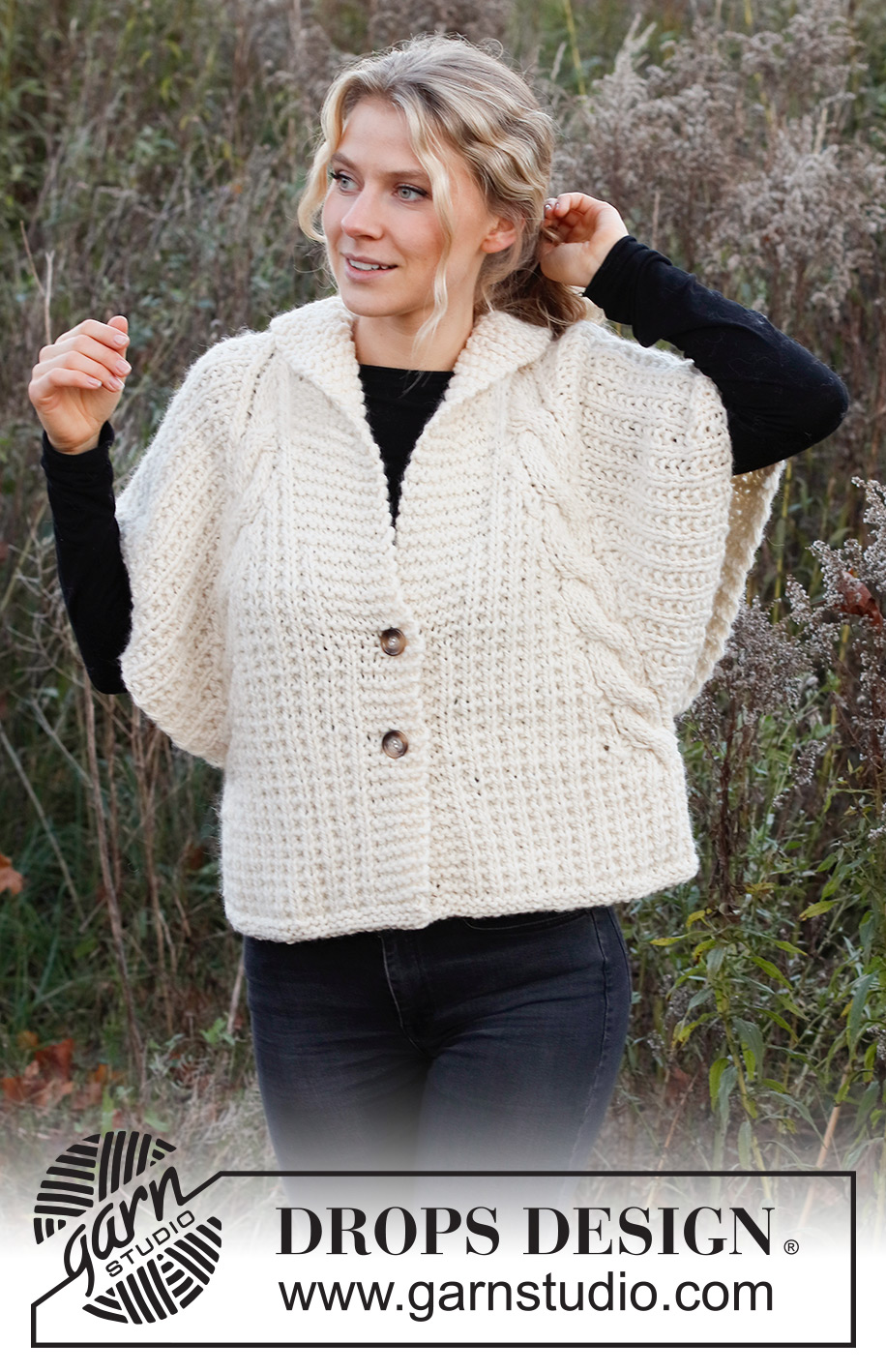
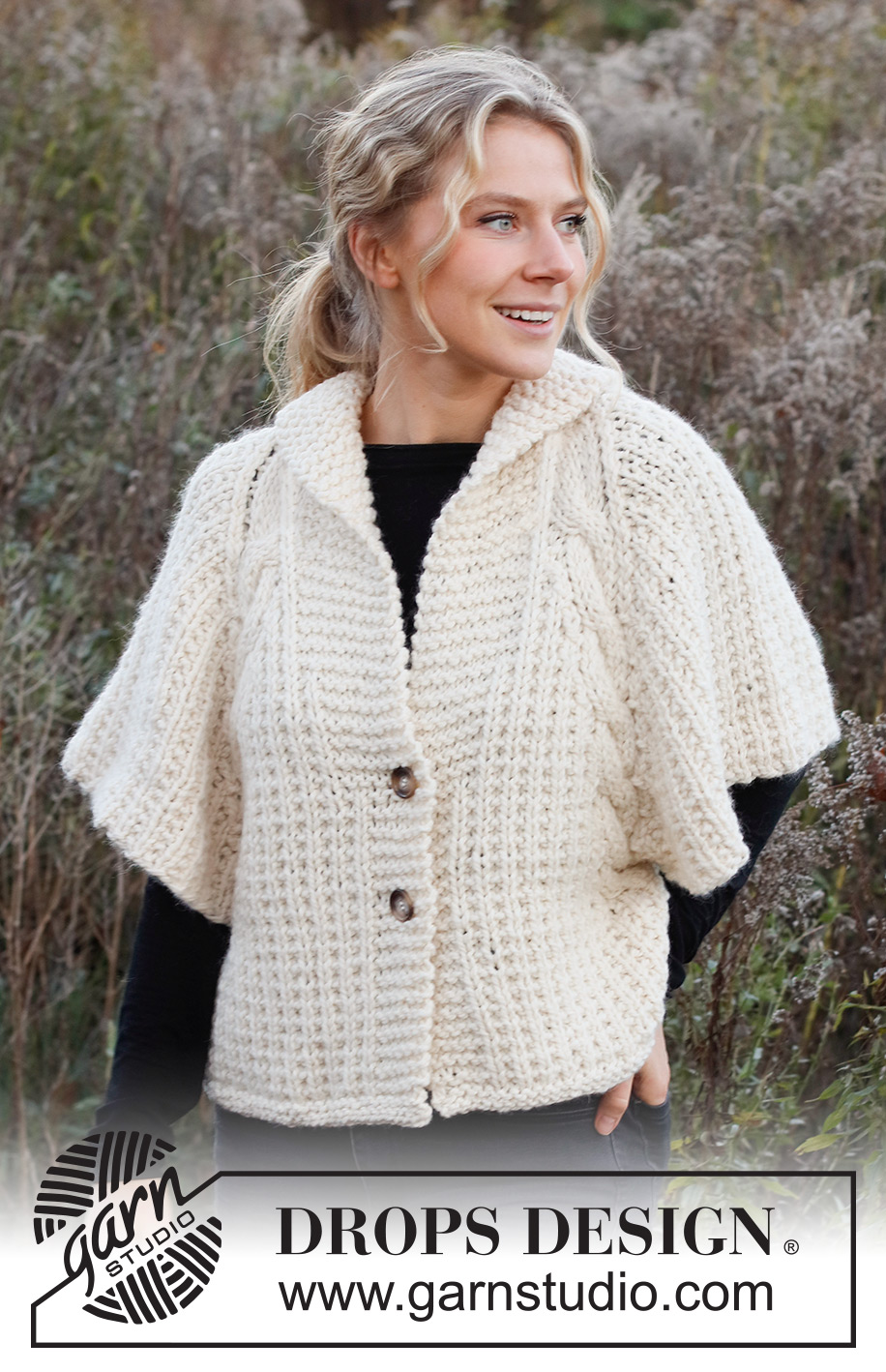


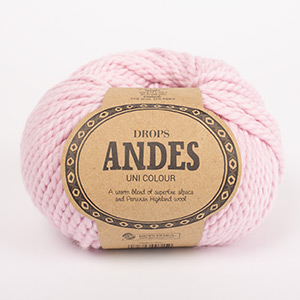
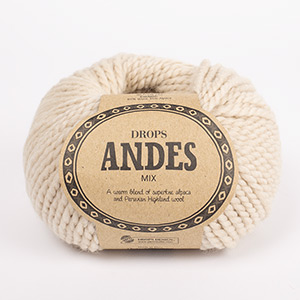
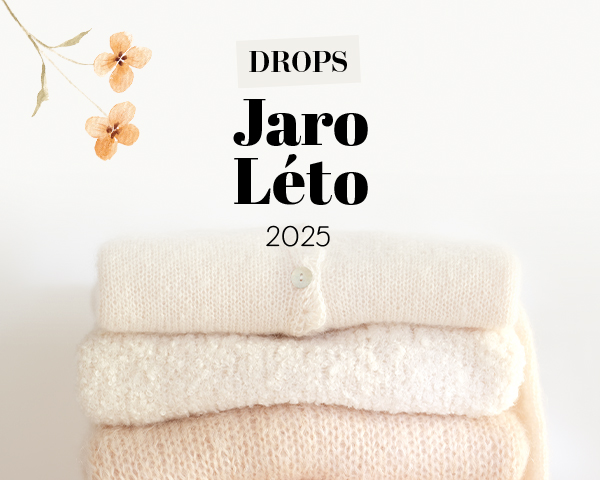








































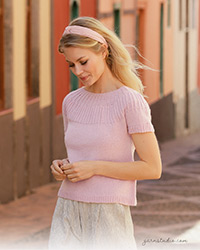
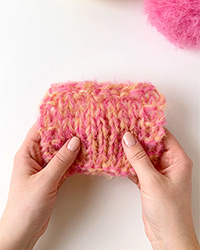
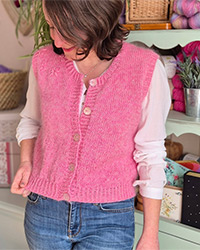
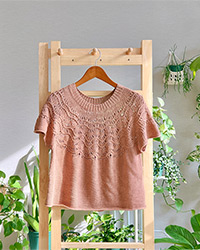
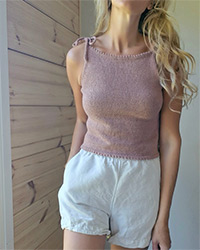

Přidejte komentář k návodu DROPS 226-32
Rádi bychom věděli, co si o tomto modelu myslíte!
Pokud se chcete na něco zeptat, dbejte prosím na to, abyste ve formuláři níže vybrali správnou kategorii - díky tomu se dříve dozvíte, co potřebujete vědět. Povinná pole jsou označena *.